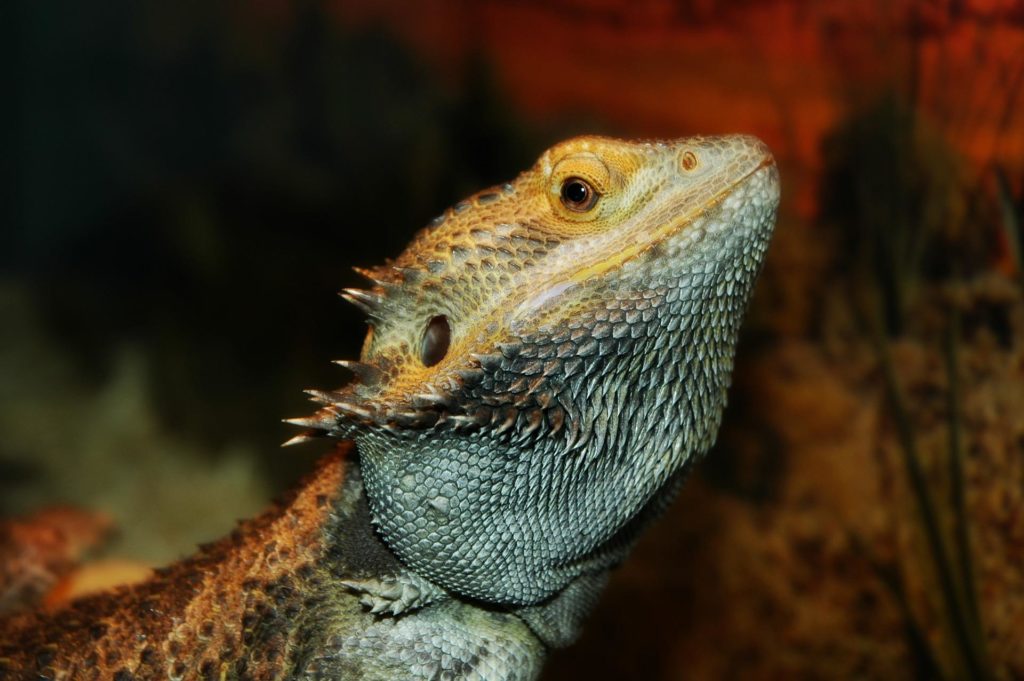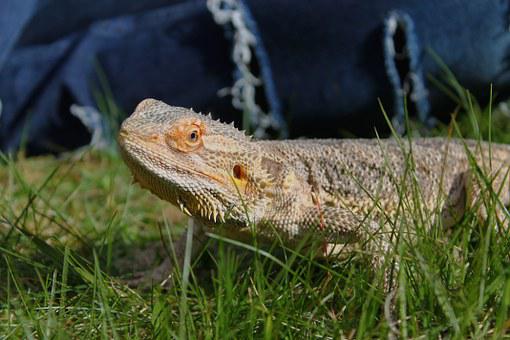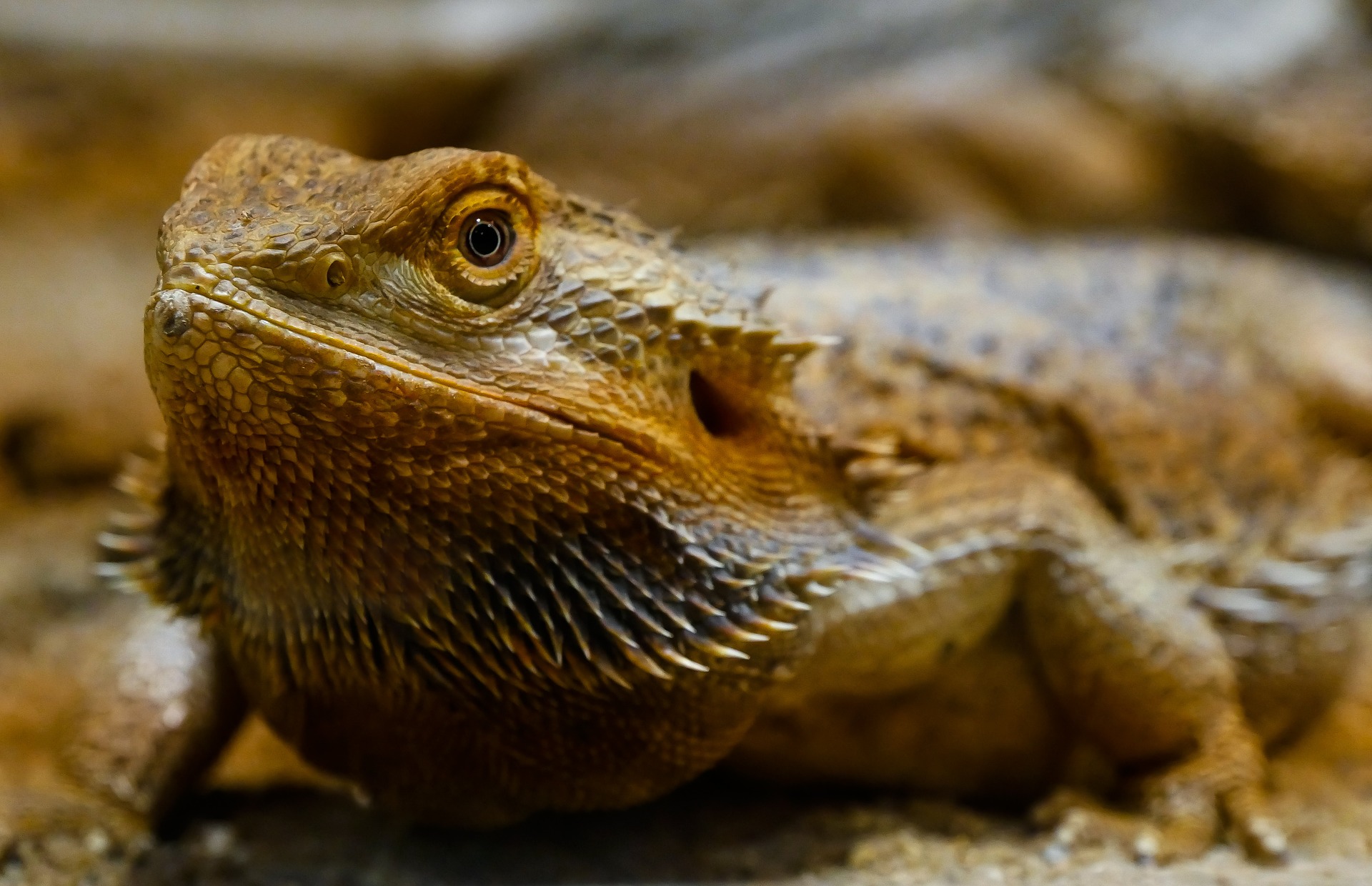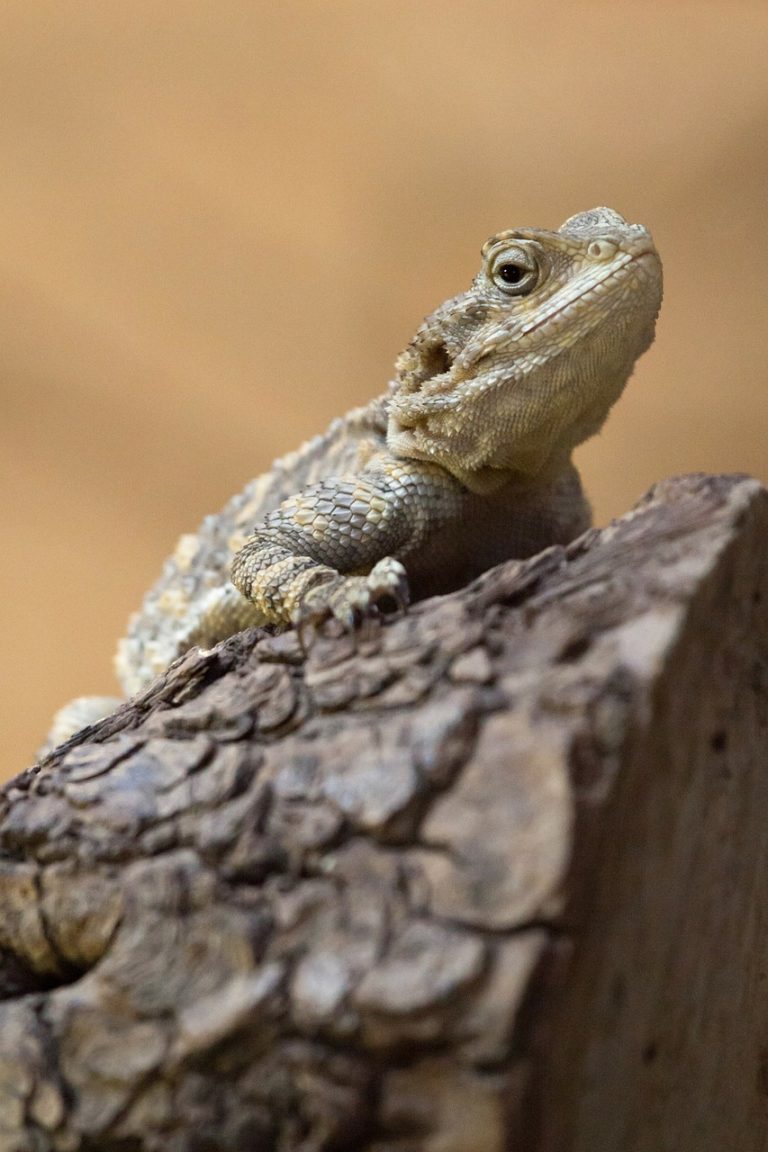What Are Bearded Dragons Predators? As a bearded dragon pet owner, I suppose you’ve ever wondered who the predators of bearded dragons are
What happens if I put him back to his original place, an arid and hot desert in Australia where there’s barely any water? Will these domestic animals die from hunger or are they going to be killed by killer insects before long

This passage talks about how dangerous it would be for a person who moves their pet away after learning about climate change. One possible outcome could result in pets like dogs not being able to survive because of the lack of available food sources such as vermin infestation which often leads them towards extinction
What Are Bearded Dragons Predators?
The bearded dragon is the most common inhabitant of Australia’s wildlands, but they are not without their share of dangers. Serpents and lizards prey on these dragons just as much (if not more) than birds do; plus dingoes can hunt them down for an easy meal too! Even though house cats generally don’t go after Beardy type creatures like this one does – because those cute little faces would make it harder to catch.
- Snakes
There are many types of snakes in Australia who enjoy eating bearded dragons. For this reason, you might want to avoid putting your dragon near any large snake if he/she has been bred from a captive-bred population that eats smaller animals than what’s available locally or abroad.
The snake’s large mouth is perfect for catching prey that is larger than him. His small stature comes from the fact it can be easily detached or dislocated, which allows quick strikes without risking too much with venomous attacks because these preys won’t put up much resistance once under control.

- Larger Lizards
The goanna is an Australian animal with impressive speed and large size. It can eat or catch the bearded dragon without much difficulty, making it one of many possibilities for what animals this fascinating creature eats.
The goanna is not just a voracious veterinarian but also the Predator of other small mammals and reptiles. You should never bring this dangerous pet home if you want it to stay healthy – keep them contained in separate areas where they will not harm each other or worse yet- eat your house’s entire population.

- Cats
House cats are often the tallest of all domestic animal breeds, and their teeth reflect this as well. They can be fast for an animal their size or agility might make them seem to like it’s not possible! In addition to being agile, these kitties also have sharp claws that help when hunting prey in tight spaces where other animals would get stuck easily without such ability.
Keep your bearded dragon and house cat separate to avoid any complications. Make sure the lid on their enclosure is secure because cats can open doors.
- Predatory Birds
Birds of prey are one of the most dangerous predators of beardies and other reptiles, according to numerous scientific studies.
The fact is, their large paws and solid bills make these animals powerful. Plus you might not understand how quick they are until after seeing them directly with your own eyes; then it’s too late! With extra sharp sightedness that pierces through even the thickest Beardsley fur-the, the only thing left for this particular prey item will always escape from those determined enough to catch him/her.
For instance, When an eagle spots its prey, it will start high in the sky and then dive toward them with incredible speed. The powerful bills allow for easy capture of any animal while tearing apart what’s already caught thanks to their razor-sharp edges.
How Does A Bearded Dragon Protect Itself?
The beardie will do whatever it takes to protect itself. It has many different techniques that include: using its third eye, camo-generation (changing colors), inflation of spikes or talons on their body part depending on how severe the situation gets, and even running away.
- Third Eye
Beardies have a third eye, which they use to detect changes in temperature and light. It’s located at the back of your head so it can’t seem as regular eyes do but its purpose is different than those other two usual ones- this one senses movement.
This is why beardies can detect flighty predators such as birds of prey when they approach. Once the third eye discovers any abnormal factors, like movement or sound for example; it will alert them and cause a reaction from those animals if needed (run/do other defensive actions).
- Color Change
Bearded dragons are known for changing their skin color to blend in with the environment. When danger or fear is detected, they often alter what tone it’s perceived as having by shifting hues towards similar shades around them.
Of course, it’s possible that this talent isn’t as good as the chameleons’. But who are some of the bearded dragon’s predators? They are frequently too huge to discern minor details.
- Inflationary Throat And Spikes
The larger you are, the higher chance that something will survive your meal. Dragons know this all too well and have been trying to make themselves bigger so they can eat smaller prey.
When a beardie senses danger, it often inflates its throat and chest with air. To menace the enemy they raise spikes alike which can make killing difficult for potential prey.
- Running
The way a bearded dragon move is very similar to other animals when they’re in danger. They run away from threats or extremities that could hurt them, and this includes the tribe of lizards too.
These beardies can outrun their natural predators by running, but they are often based on the hind legs to make it easier for them. The fastest speed that one has reached is 9 miles per hour.
Conclusion
Knowledge about what bearded dragons predators are is extensive. In the wild, they have many enemies including foxes and dingoes as well some more giant lizards to birds of prey like house cats who can make great pets for them if you’re willing enough! To protect themselves from these dangers all that may come into play would be color-changing tactics or inflating their throat with air until it looks like there’s something inside (spikes), but when those don’t work either then lastly using this third eye spot on top front near jawline which has been thought by some paleontologists here at Earth University Rewind Network HQ could help too.

